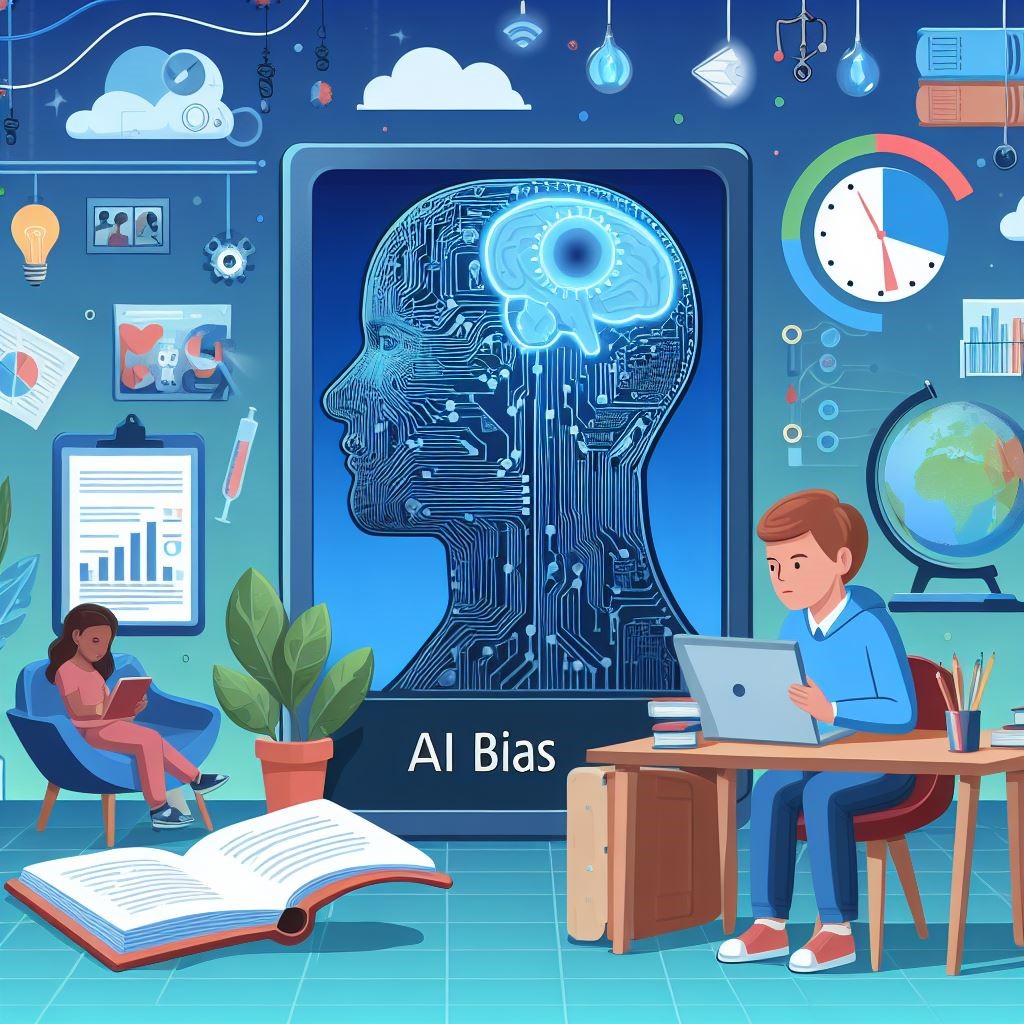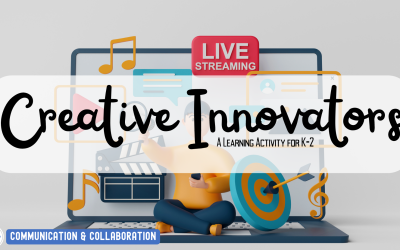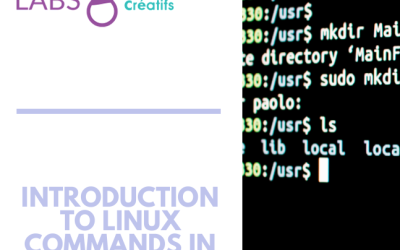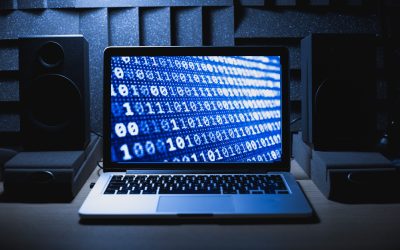Overview
This lesson plan is about how AI bias can impact our lives in different ways. AI stands for artificial intelligence, which is a technology that can do tasks that normally require human intelligence, such as recognizing faces, understanding speech, or playing games. AI bias is when an AI tool makes a wrong or unfair decision because it learned from data that was not accurate or complete. Data is the information that is given to the AI to help it learn how to do these tasks. Sometimes, the data can have biases, which are unfair or incorrect views or judgments about people, places, or things. For example, the data can be missing some groups of people, or it can have stereotypes or prejudices about them. This can make the AI tool biased, too, and affect how it treats or interacts with people. In this lesson, you will think critically about AI bias and how it affects the world. You will also watch a video, discuss with your classmates, and analyze some scenarios where AI bias occurred
NB Curricular Connections
Technology 6-8
- Strand: Information Technology Skills – Big Idea: Computational Practice
Technology 9
- Strand: Information Technology Skills – Big Idea: Computational Practice
Computer Science 110
- Strand: Computation Thinking – Big Idea: Decomposition; Pattern Recognition; Abstraction; Algorithms
- Strand: Coding – Big Idea: Planning and Documentation; Software; Data
What You’ll Need
-
Trick-or-Treat AI
Instructions
Have students complete the questions with a partner, and then invite students to share out. Use Slides 10–18 to guide the discussion, or refer to the Teacher Version of the handout.
- Once Ms. Igwe learns about this issue, what should she do?
- What can the creators of the candy dispenser do to make their product fairer for everyone?
Invite students to respond, then project Slide 22 and review some of the negative impacts.
- Unfair treatment: If an AI tool is biased, it might make decisions that are unfair to certain groups of people
- Continuing stereotypes: If an AI tool learns from data that includes stereotypes (e.g. race or gender), it might make decisions that are based on those prejudiced ideas.
- Unequal opportunities: AI bias can also limit opportunities for some people by unfairly favoring another group.
- Misinformation: If an AI tool learns from biased information, it can end up creating and spreading false or incomplete information.
If time permits, this is a great opportunity to share and discuss a real-world example of the negative impacts of AI bias.
Reflection Activity
Please see the attached PDF for several choices on how you and your learners can reflect upon today’s activity.






